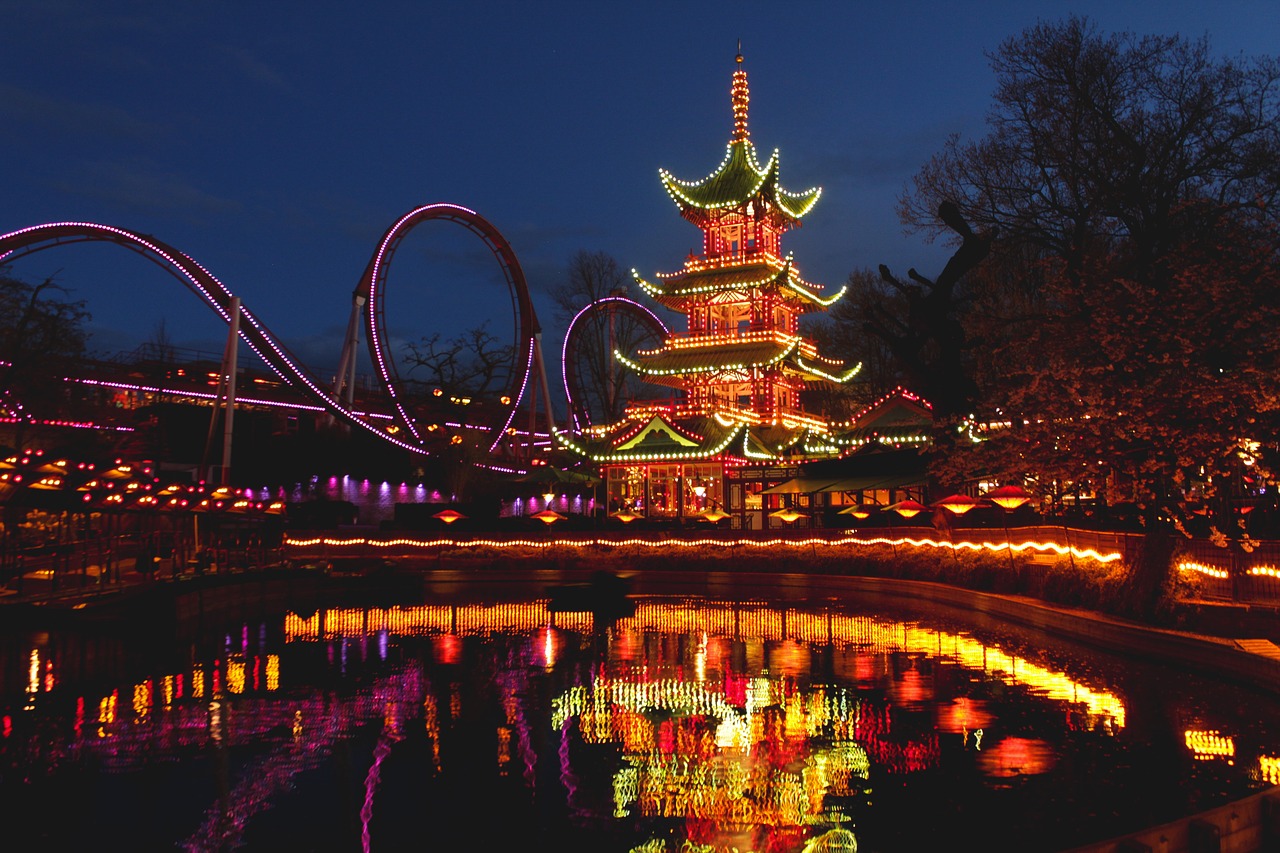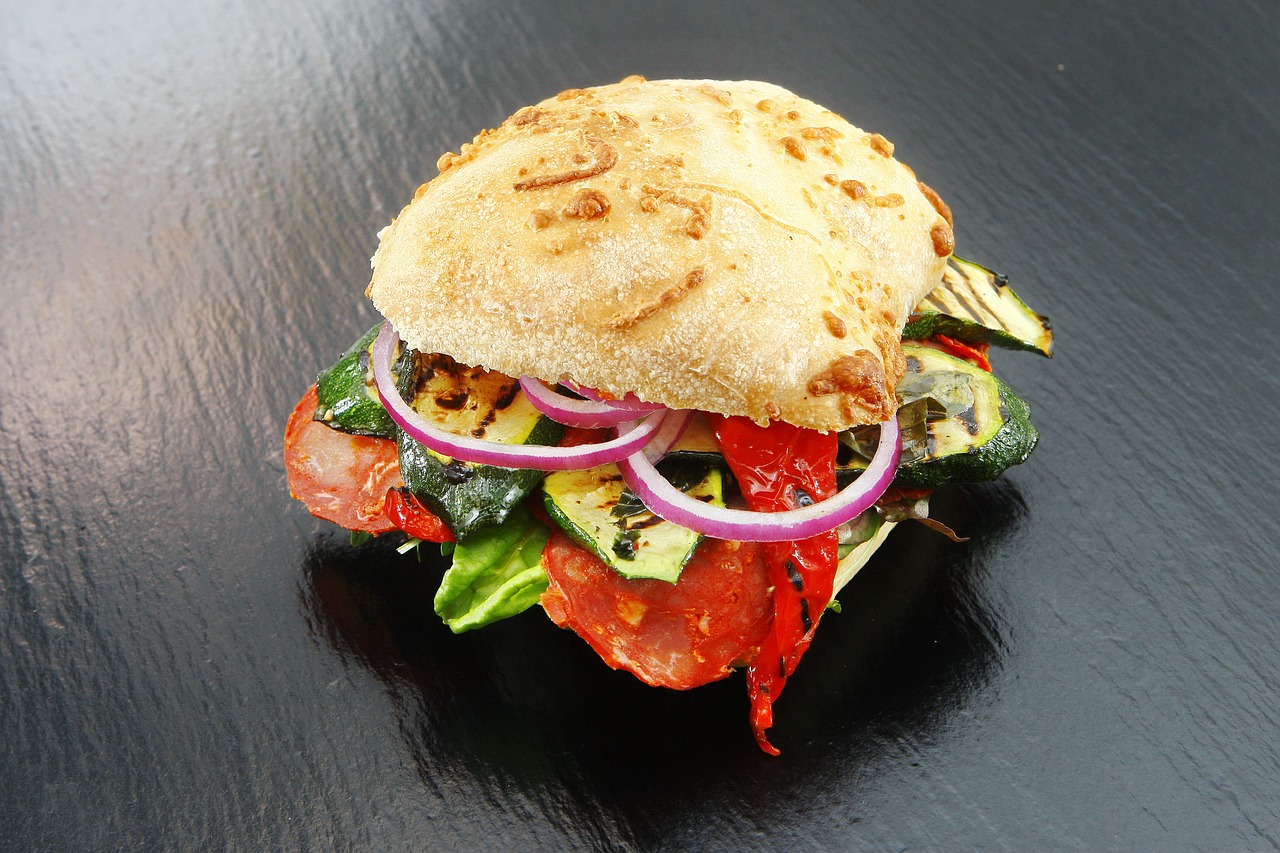
Rådhusplatsen
Rådhusplatsen (The Copenhagen City Hall Square) is the largest square in Copenhagen with a capacity of 50.000 people or more. When something important happens like the World Cup in soccer, this is were you'll find a big screen and the 50.000 Copenhageners watching it.
The foundation stone was laid down by crown prince Frederik on July 28, 1894. The same day as the crown prince celebrated his 25th wedding anniversary. The square was inaugerated in 1905. The architect Martin Nyrop had many followers and his version of the national romantic style was copied by other European and Scandinavian architects. On one hand side of the square you'll find the Tivoli and on the other side the famous pedestrian street Strøget begins.
The square was partly redesigned when Copenhagen was appointed the Cultural Capital of Europe in 1996.
Kongens Nytorv
The plans for Kongens Nytorv (The King's New Square) was laid out by Christian lV when he bought the land. The square got its name around 1670 when Christan V continued the plans and let noble families build palaces around the square. In 1672 Charlottenborg, a former royal palace, today the home of the Royal Academy of Art, was inaugerated. In the square you'll also find the New Royal Theatre which opened up at this address already in 1774. The statue in the middle of the square is Christian V by the French sculptor Lamoureux.
In wintertime the middle of the square is transformed into a large skating-rink.
Gammeltorv
Gammeltorv (The Old Square) is just as the name says, the oldest square in Copenhagen. Already in 1100 it was a marketplace where farmers sold their products and the name Gammeltorv dates back to the 15th century.
The exquisite golden bronze fountain from 1608 - The Caritas Fountain - is considered to be one of the world's finest Renaissance masterpieces. The fountain was donated to the city by King Christian lV and used by the Copenhageners as a water supply. The fountain was restored to yesterday's splendour when Copenhagen was appointed the Cultural Capital of Europe in 1996.
You'll find Gammeltorv half way up Strøget, the pedestrian street.
Gråbrødretorv
Large plane trees, a sculpture by Søren Georg Jensen, and a feeling of tranquility - right in the middle of the city - that is Gråbrødretorv today.
Gråbrødretorv's history goes back to 1238 when the Fransiscan (Grådbrødre) monastery was established here. Some 300 years later the monastery closed and the buildings were torn down.
In 1968 the Gråbrødre square became part of the pedestrian area in the inner city, thus called for a restoration for this small very charming square. In the 1980s it was a popular meeting place, the function which is today overtaken by Nyhavn.
At Gråbrødretorv you hav a good chance for a great meal: the square hosts several trendy restaurants. Especially in the summertime, when coffee houses and restaurants move outdoors, and the jazz festival finds its way here, the square is a real treat. And in the neighbouring streets you're in for some good trendy shopping.













